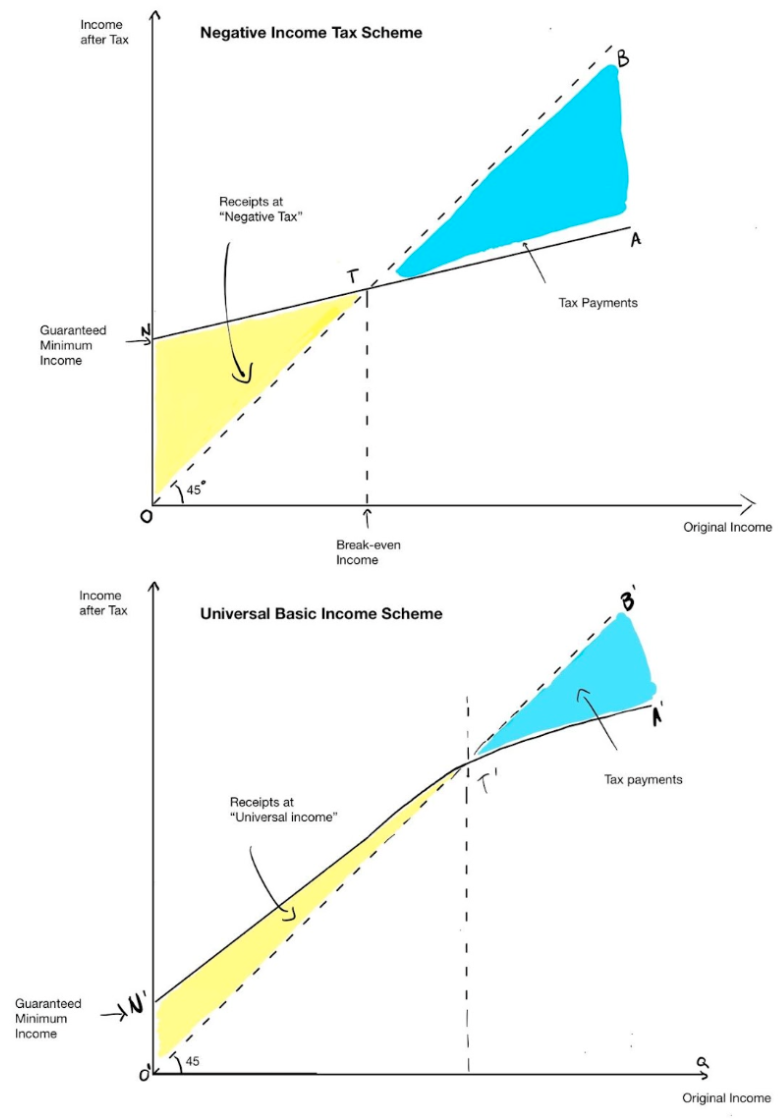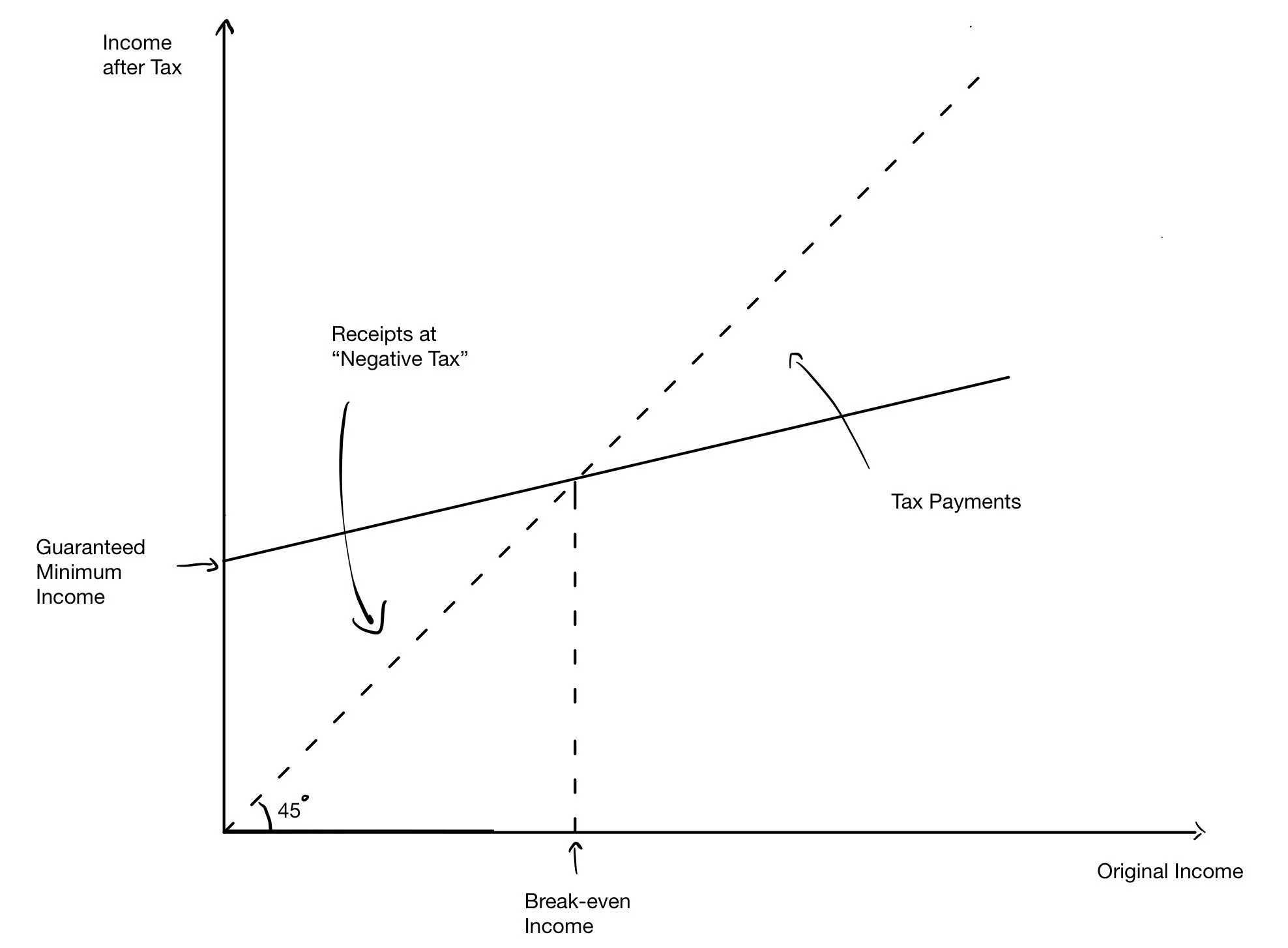An entirely standard economic analysis is that government should be doing some part of the investing in a country. A lot is resting on that qualifier “some” there. Even we would agree that investment in the rule of law - as an example - is something government should be doing. But others take this much further.
The argument does become that as government can borrow more cheaply then and therefore government should be doing the building of all large projects. This doesn’t convince for a number of reasons but the most obvious is this:
Thurrock’s plight echoes recent insolvencies at Croydon, Slough, and Woking councils, each of which fell into difficulty after borrowing hundreds of millions of pounds to pump into ill-starred commercial investment and regeneration schemes.
Those local councils were able to borrow at lower than market rates via a special scheme at the Treasury. They should, therefore, have been making super-profits. If your financing costs are lower than anyone else can possibly achieve then you really should be making higher profits than anyone else - the very definition of super-profits.
As we can see it hasn’t worked out that way. And no, we can’t then turn around and say central government would do it better - not with HS2 staring us in the face we can’t.
The problem here is that people not used to thinking in commercial terms just aren’t any good at investing even on better than commercial terms. So, in order to hoard and save societal resources we shouldn't allow the non-commercial world to be deciding upon investments. Not for any moral or ideological reasons but just because they’re so damned bad at it.
That local councils go bust left, right and centre even with the use of lower than market price money just shows that we shouldn’t be using local councils to do any investing. QED.
We can now define that word “some” to a useful level of accuracy in this application of it. Government may be the investor where only government can be the investor. Government may not be the investor where government may or could be the investor.
That this entirely puts the kibosh on Mariana Mazzucato’s ideas of modern corporatism is just one of those pieces of collateral damage that we’ll all have to put up with.









